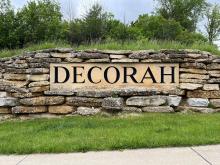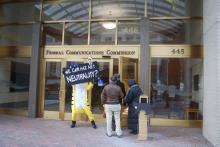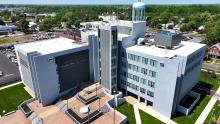
Vineland, New Jersey officials say they’ve secured a $3.7 million grant from the state that will help expand fiber and wireless broadband access to the city of 62,000. Local officials are hopeful the grant is just the beginning steps toward dramatic expansion of affordable access.
Vineland’s new grant was made possible by the New Jersey Broadband Infrastructure Deployment Equity (NJBIDE) grant program. NJBIDE will be delivering $40 million in broadband grants via the state’s Capital Projects Fund (CPF), made largely possible by the 2021 federal passage of the American Rescue Plan Act (ARPA).
NJBIDE grants prioritize fiber optic infrastructure of 100 megabytes per second (Mbps) and mandates the provision of at least one low-cost option (not specifically defined by New Jersey) to serve low income communities – something increasingly important in the wake of the federal government’s retreat from efforts to ensure equitable and affordable broadband. (Still early in the process, the city has not yet determined the exact pricing and service tiers the network will offer once construction is complete).
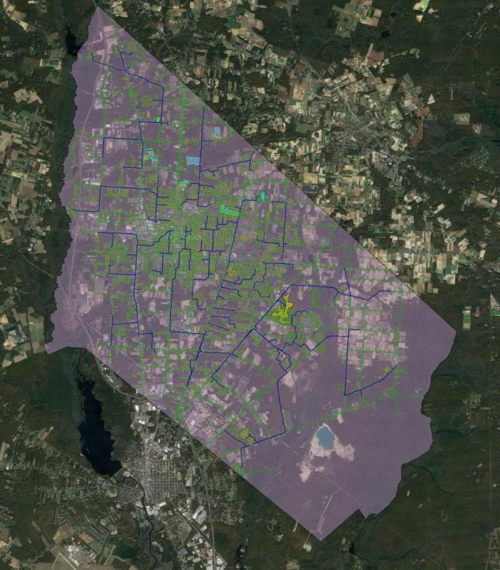
A 2024 city proposal indicates that city leaders want to spend between $35 and $40 million to create a citywide broadband network, starting with a citywide fiber ring. The city paid for a viability study from Bonfire that found that at least 42 percent of the City does not have access to viable, quality, affordable broadband service.
Like many municipalities, Vineland officials say they were influenced by a 2021 study that found that the creation of a municipal broadband network in Chattanooga Tennessee generated a $2.69 billion regional return on investment in its first decade of operation.
Bonfire’s analysis found that the creation of a municipal broadband network in Vineland would create 11-15 new municipal jobs to operate the network, and an additional “3,195 jobs created in the community as a result of the positive economic impact of the project.”
The city’s original project plan indicates city leaders are particularly keen on helping two disadvantaged census tracts in Vineland: tracts 0405 and 0411.
The population in these two tracts is 12,676, making up more than one-fifth of the city’s population, while the unemployment rate in these two tracts was 9 percent, compared to the statewide rate of 6.2 percent. The poverty rate in these two tracts is also 19.2 percent, compared to the statewide rate of 9.8 percent.

The city says it’s been pursuing a variety of potential funding sources to help fund the broader network build. Officials say they’ll spend this initial $3.75 million grant award on a mix of fiber and wireless technologies, integrating the upgrades with existing regional municipal infrastructure wherever possible.
Meanwhile, NJBIDE’s broader $40 million investment is slated to expand access to 9,000 broadband serviceable locations (BSL) across the state in Atlantic, Burlington, Cumberland, Essex, Salem, Sussex, and Warren counties.
Inspired by Regional Monopoly Domination And Market Failure
Vineland leaders say they were motivated to explore alternative broadband options after decades of expensive, substandard broadband service by regional telecom monopolies, Comcast and Verizon.
“We recognized the limitations of private-sector broadband providers in ensuring equitable access in our community, so we created a Municipal Broadband Utility (MBU) to develop a Vineland specific network,” Vineland Mayor Anthony Fanucci said of the city’s project.

For decades Verizon has long been accused of refusing to repair or upgrade its aging DSL network across much of the state, and its FiOS fiber upgrades have often involved cherry picking only the most lucrative communities across the area.
While Comcast has a broader broadband footprint, a lack of meaningful competition between the two companies has resulted in spotty broadband access, slow speeds, high prices, and substandard customer service. As in many parts of the U.S., low income and minority communities are often last in line to receive affordable, high-quality Internet connectivity.
Data shows that not only do regional telecom monopolies often fail to meaningfully invest in low-income and minority communities, they frequently charge those communities more money for slower broadband access than residents of less diverse, more affluent neighborhoods.
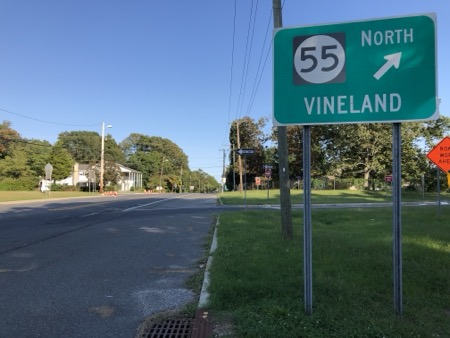
Clearly concerned that the Vineland project could disrupt their profitable regional chokehold on broadband access, regional incumbents have funded dubious third-party proxy groups like the Taxpayers Protection Alliance Foundation (TPAF) to sow uncertainty and doubt about the costs and impact of a potential Vineland municipal fiber network.
But the popularity of municipal broadband networks speaks for itself. Such networks are a direct, organic response to decades of market failure. Instead of pre-empting such builds by delivering better, cheaper broadband, regional telecoms often respond with lawsuits, misleading disinformation campaigns, or lobbying attempts to ban community broadband entirely.
Vineland officials say that while this $3.75 million grant is a positive first step, there’s plenty of work left to be done as they pursue additional funding opportunities.
“Broadband access is essential infrastructure for any smart city,” Mayor Fanucci said of the city’s effort. “The plan the MBU is developing will incorporate existing public infrastructure where feasible to reduce costs, employing a mix of fiber-optic and wireless technologies for optimal coverage and performance. Our team has been working hard with both federal and state entities to secure available grant funding for the project, so we are thrilled those efforts have now paid off. We will continue to seek additional opportunities as they arise.”
Header image of Vineland NJ municipal building courtesy of Vineland NJ Facebook page
Inline map of proposed broadband network courtesy of City of Vineland’s broadband planning document
Inline image of Vineland NJ Annual Food Truck Festival courtesy of Vineland NJ Facebook page
Inline image of exit sign along Route 49 (Main Street) courtesy of Wikimedia Commons, CC BY-SA 4.0, Attribution-ShareAlike 4.0 International



